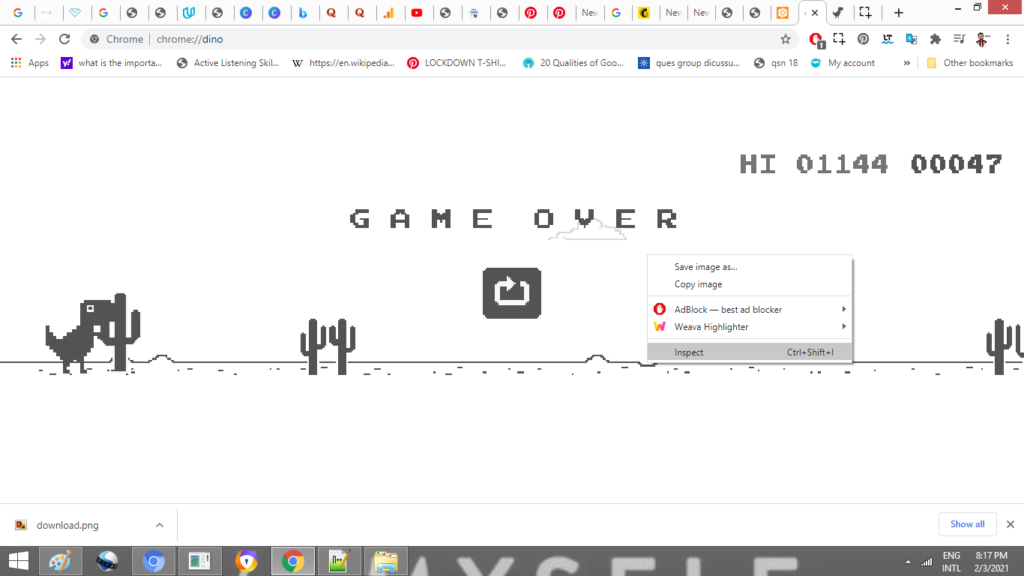

- #GOOGLE CHROME HACK 2021 PATCH#
- #GOOGLE CHROME HACK 2021 FULL#
- #GOOGLE CHROME HACK 2021 WINDOWS 10#
- #GOOGLE CHROME HACK 2021 SOFTWARE#
- #GOOGLE CHROME HACK 2021 CODE#
#GOOGLE CHROME HACK 2021 SOFTWARE#
It was introduced in Windows Vista and is aimed to reduce software loading times by pre-loading commonly used applications into memory. The vulnerability is affiliated with a Windows OS feature called SuperFetch. Elevation of privilege exploitĬVE-2021-31955 is an information disclosure vulnerability in ntoskrnl.exe. We suspect the attackers were also able to use this JavaScript file with regression test to develop the exploit (or acquire it from someone else) and were probably using CVE-2021-21224 in their attacks. 72, and was fixed as CVE-2021-21224 only a few days later, on April 20, 2021. This newly published exploit used a vulnerability from issue 1195777, worked on the newly released Chrome. Screenshot of GitHub repository with Chrome zero-day published on April 14, 2021 On the same day, a new Chrome exploit was presented to the public. 72 for Windows, Mac and Linux with a fix for 37 vulnerabilities. On April 14, 2021, Google released Chrome update. 128, and that’s why we think the attackers didn’t use CVE-2021-21220 in their attacks. Some of our customers who were attacked on April 14-15, 2021, already had their Chrome browser updated to. 128 for Windows, Mac and Linux with a fix for two vulnerabilities CVE-2021-21220 (used during Pwn2Own) was one of them. On April 13, 2021, Google released Chrome update. The published exploit didn’t contain a sandbox escape exploit and was therefore intended to work only when the browser was launched with the command line option –no-sandbox. Screenshot of tweet with Chrome zero-day published on April 12, 2021 That exploit used a vulnerability from issue 1196683 to execute a shellcode in the context of the browser renderer process.
#GOOGLE CHROME HACK 2021 CODE#
Later on the same day, a user with the Twitter handle published a working remote code execution exploit on GitHub, targeting an up-to-date version of Google Chrome.
#GOOGLE CHROME HACK 2021 PATCH#
One of these bug fixes (issue 1196683) was intended to patch a vulnerability that was used during Pwn2Own, and both bug fixes were committed together with regression tests – JavaScript files to trigger these vulnerabilities. On April 12, 2021, the developers of Chromium committed two (issue 1196683, issue 1195777) Typer-related bug fixes to the open-source repository of V8 – a JavaScript engine used by Chrome and Chromium web browsers. According to the ZDI (Zero Day Initiative, the organizer of Pwn2Own) website, one participating team was able to demonstrate a successful exploitation of the Chrome renderer process using a Typer Mismatch bug.

This is a computer hacking contest where the Google Chrome web browser was one of the targets. On April 6-8, 2021 the Pwn2Own competition took place.
#GOOGLE CHROME HACK 2021 FULL#
Unfortunately, we were unable to retrieve the JavaScript with full exploit code, but the timeframe of attacks and events preceding it led us to suspect one particular vulnerability. Remote code execution exploitĪll of the observed attacks were conducted through Chrome browser. Both vulnerabilities were patched on June 8, 2021, as a part of the June Patch Tuesday. On April 20, 2021, we reported these vulnerabilities to Microsoft and they assigned CVE-2021-31955 to the information disclosure vulnerability and CVE-2021-31956 to the elevation of privilege vulnerability.
#GOOGLE CHROME HACK 2021 WINDOWS 10#
The elevation of privilege exploit was fine-tuned to work against the latest and most prominent builds of Windows 10 (17763 – RS5, 18362 – 19H1, 18363 – 19H2, 19041 – 20H1, 19042 – 20H2) and it exploits two distinct vulnerabilities in the Microsoft Windows OS kernel.

While we were not able to retrieve the exploit used for remote code execution (RCE) in the Chrome web browser, we were able to find and analyze an elevation of privilege (EoP) exploit that was used to escape the sandbox and obtain system privileges. Closer analysis revealed that all these attacks exploited a chain of Google Chrome and Microsoft Windows zero-day exploits. On April 14-15, 2021, Kaspersky technologies detected a wave of highly targeted attacks against multiple companies.


 0 kommentar(er)
0 kommentar(er)
